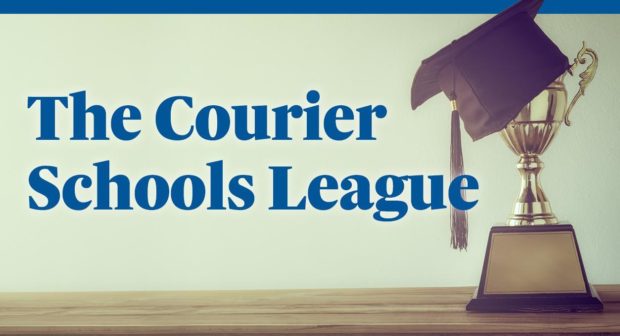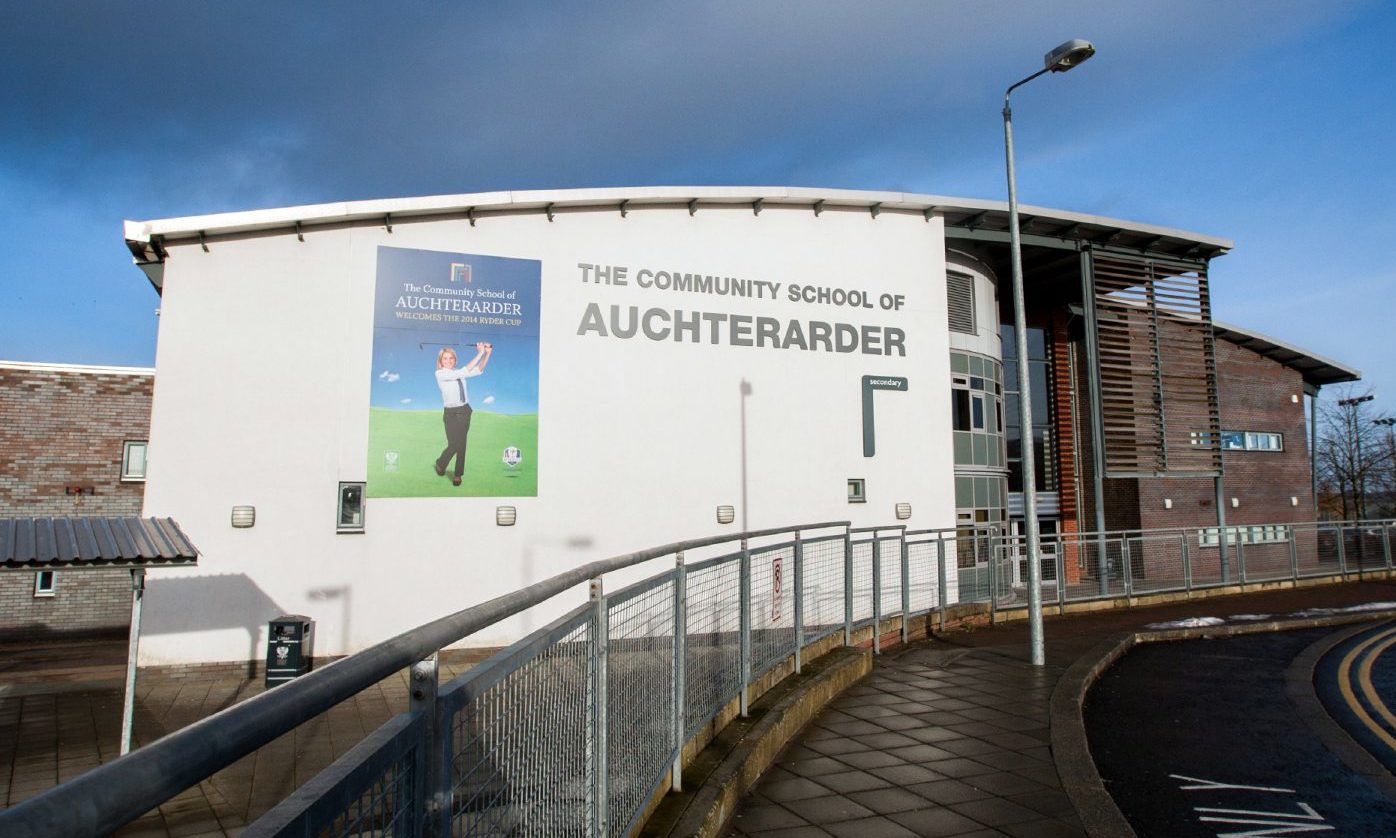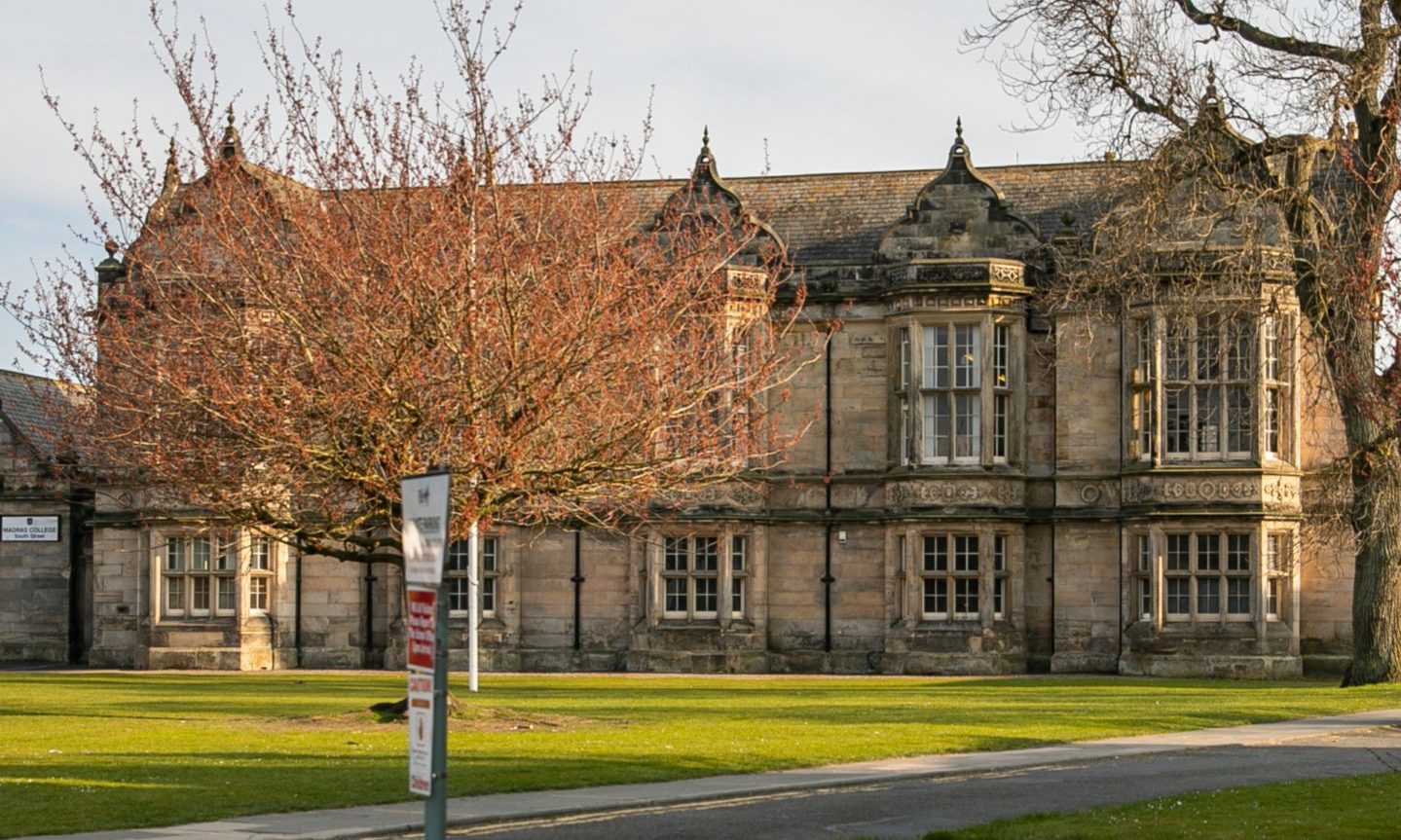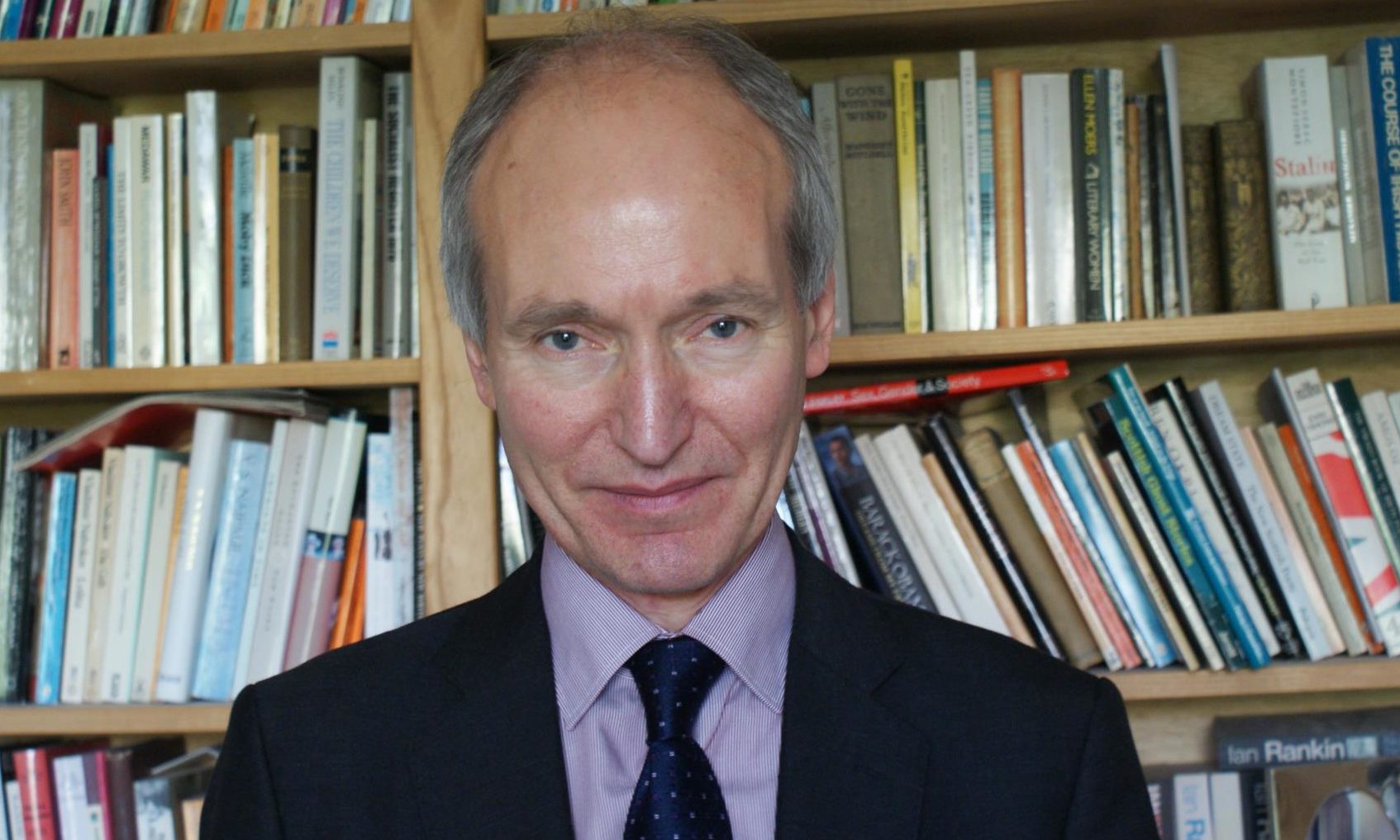The Courier school league table 2021 ranks the best Dundee, Tayside and Fife secondary schools based on their Higher exam success rate.
Topping the inaugural best secondary schools in Dundee, Tayside and Fife list is the Community School of Auchterarder, where 54% of last year’s secondary school leavers gained five or more Highers.
In second place, is the best secondary school in Angus, Monifieth High School, with the same Higher exam results percentage but a lower virtual comparator figure. Third is Perth and Kinross based, Crieff High School, with 52%, and fourth is Grove Academy, Dundee, with 51% of leaving pupils taking away at least five Highers.
Best schools in Tayside and Fife
Community School of Auchterarder
Given news a Perth and Kinross Council school is top of our best secondary schools in Dundee, Tayside and Fife, a local authority spokesman said: “Perth and Kinross Council wants the best for every child and young person in our schools and we are proud of the work all of our schools do to help children fulfil their potential.”
The lasting impact of 2020 Scottish Higher exam cancellations
These exam results have brought a big shift for some Scottish secondary schools.
St. Andrews, Fife, based Madras College, which would have topped our 2020 top schools list last year, remains the best secondary school in Fife, but is seventh overall, with a percentage of 47. Glenwood High School, in Glenrothes, climbs 26 places and Crieff High School 18.
Achieving five or more Highers is considered a benchmark figure, as it is often the requirement for entry to higher education – however, it is just one of many ways of measuring a school’s performance.
Results for local authority schools were released today by Scottish Government Education Analytical Services, but they came with the advice that care should be taken when comparing them with previous years due to the impact of the covid-19 pandemic has had on Higher exam attainment.
Why achieving five Highers is an important measure
Ahead of their publication, we spoke to education policy expert Professor Lindsay Paterson, of Edinburgh University, about why five Highers is an important measure and the factors which can affect the proportion of a school’s pupils attaining this.
He said the percentage of Scottish secondary school leavers achieving five or more Highers was an indicator of how Scottish schools deal with excellent students.
He said: “That obviously represents a pretty high level of achievement and it would be a measure of how well the school has done for very academically able students.
“The vast majority of people with five or more Highers would then go on to higher education of some kind.”
But he said: “The major source of variation between schools is, in fact, catchment area of the schools.
“That’s not the only thing but on average – and it’s very much on average – children from affluent circumstances tend to have higher attainment than children living in more difficult circumstances.”
Pupils from deprived areas of Scotland are still not represented
A schools league table of Higher results could also, he said, show a league table of poverty. Indeed, all but one of the top 10 schools in our list had fewer than 10% of their pupils from the most deprived areas of Scotland.
Prof Paterson said: “Mostly, what it is showing is something about the relative wealth or poverty of the children who attend that school.”
It is “very challenging”, he said, for schools to overcome social disadvantages, leading to the same schools repeatedly appearing at the top and bottom of such lists, but “undoubtedly some schools do”.
He said: “There are some schools which overcome the effects of poverty and it’s actually very interesting to focus on these schools, schools which are doing better than would be expected on the basis of their catchment area, the characteristics of their students.”
Scottish Government aims to close the education attainment gap
The SNP insisted that attainment had improved during the last decade while it has been in government, but said more work needed to be done to close the poverty-related gap.
A spokeswoman said: “Although attainment and opportunity has improved overall in Scotland over the past decade, we’re clear that no pupil should struggle to learn because of poverty.
“If re-elected, the SNP will invest a further £1 billion over the next parliament to close the school attainment gap and recruit 3500 additional teachers and classroom assistants, allowing teachers more time out of the classroom to prepare lessons and improve their skills.
“The SNP started the job of closing the poverty-related attainment gap and we want to finish it.”
Schools Catchment Checker: Find out about the schools in your catchment area in Tayside and Fife



